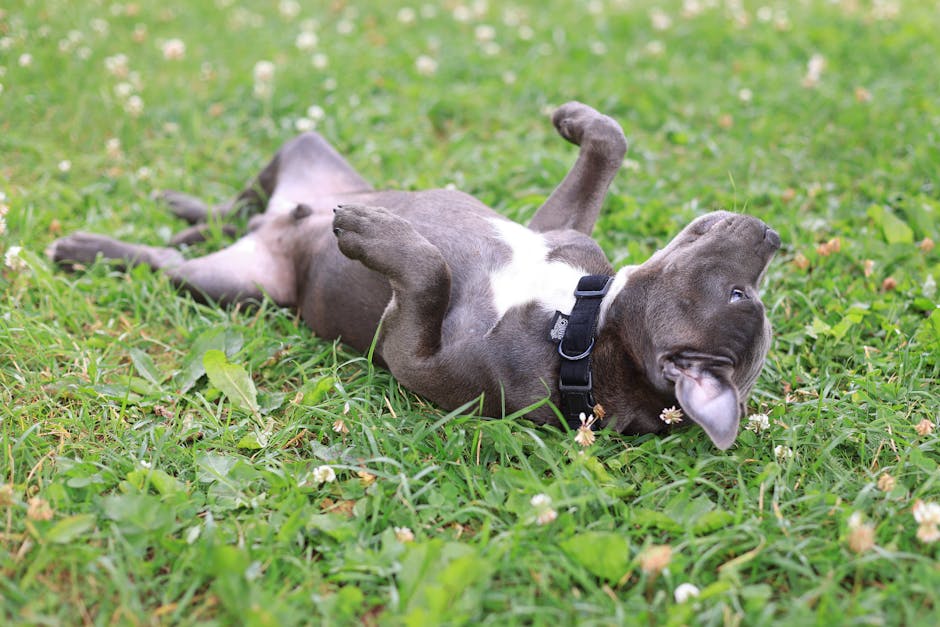Introduction: Why Method Matters
Training a pet isn’t just about getting them to sit, stay, or heel. It’s about how you get there—and that “how” shapes everything that follows. Positive reinforcement is simple at its core: reward the behavior you want to see more of. Whether it’s a treat, affection, or play, good things follow good actions. Over time, your pet learns what earns praise—and they lean into it.
More and more, trainers and pet owners are moving away from punishment-based methods. Why? Because fear might get short-term results, but it erodes trust and creates anxiety. Positive reinforcement does the opposite. It builds a bond and teaches through encouragement, not intimidation. The result? A pet who feels safe, seen, and ready to listen.
Long-term behavior stems from how learning happens. Patience, timing, and positivity make training stick and keep your pet motivated to learn more. Bottom line: the method matters. Choose one that works with your pet—not against them.
What Exactly Is Positive Reinforcement?
Positive reinforcement is simple: reward the behavior you want to see more of. That means when your pet does something right—sits when asked, comes when called, or even just makes eye contact during training—you give them something they value. Over time, they learn to repeat that behavior because it gets a good result.
In everyday training, this looks like short, focused sessions. You ask for a behavior, the pet responds, and you immediately reward them. Timing matters. The closer the reward is to the action, the more the pet connects the dots. You’re not just tossing out treats randomly; you’re building an association between action and outcome.
Rewards can vary, depending on your pet’s preferences. Some go wild for liver bites. Others respond better to squeaky toys, head scratches, or a few minutes of play. Praise in a warm tone often adds an emotional impact, especially when paired with another reward. The point is to figure out what motivates your pet and use that to reinforce success.
This method isn’t flashy—it’s not about dominance or complex commands. It’s about clear cause and effect, built on trust and repetition. And it works.
Benefits You Can See (and Feel)
Positive reinforcement doesn’t just teach commands—it transforms the relationship between pet and owner. When a dog gets a treat for sitting calmly or a cat hears praise for using the litter box, something shifts. Trust forms. Your pet learns that good things come from you, and that fosters a bond built on safety, not fear.
Reinforcing wanted behaviors means your pet starts to repeat them. Not out of fear of punishment, but because doing the right thing actually feels good. They’re not guessing what’s right or wrong—they know.
This approach also lowers stress across the board. Pets that aren’t worried about surprise corrections tend to be more relaxed, more confident, and less prone to confusion or anxiety. That calmer mindset leads to better focus during training and everyday interactions.
The end result? You get a responsive, joyful animal who wants to work with you—not just obey you. It’s not magic. It’s just consistent, clear, and kind communication. And it works.
Dogs, Cats & Beyond: Universal but Adaptable
Positive reinforcement works because it taps into a basic truth: animals repeat what gets rewarded. That doesn’t only apply to dogs. Cats, birds, rabbits, and even guinea pigs can learn through praise, treats, and play—provided the approach fits the species.
Cats, for example, usually don’t care about pleasing you. But they do care about timing and treats. Use clicker training or pair vocal praise with rewards to mark good behavior. Just make sure the treat is worth their effort. Want more specifics? Check out these Expert Tips for Training Your Cat.
Birds and small mammals need short, simple sessions. Repetition and patience are key here. Birds tend to respond well to scent-free, consistent voice commands and small food rewards. For rabbits or hamsters, target training with a stick and a treat does wonders—same principles at a smaller scale.
The method doesn’t need to change, but the delivery should. Pay attention to each animal’s learning pace and motivation, and adjust from there. It’s not about control—it’s about communication.
Timing Is Everything
One of the most critical aspects of positive reinforcement is timing. When you reward your pet immediately after a desired behavior, you’re clearly linking the action with the outcome. Delay that reward too long, and the message gets lost.
Why Immediate Feedback Matters
- Clear communication: Pets learn through association. If a reward comes right after the action, they make the connection quickly.
- Faster learning: Immediate feedback accelerates the learning curve and reinforces consistent results.
- Reduces confusion: Delays can lead your pet to associate the reward with a different behavior—or no behavior at all.
Example: If your dog sits on command but you reach for a treat 10 seconds later, they may have already stood up or done something else—causing them to associate the treat with the wrong action.
Don’t Delay—Prepare Ahead
Timing starts with preparation. To reinforce behaviors effectively:
- Keep treats or toys within arm’s reach during training sessions
- Use a marker word or clicker in real time to bridge the moment between the behavior and the reward
- Limit distractions so you’re ready to respond instantly when your pet gets it right
Pro Tip: Keep Rewards Handy
Having a stash of accessible, high-value rewards speeds up your ability to offer consistent, well-timed feedback. Consider using:
- Treat pouches or pockets
- Clicker-training tools
- Toy rewards placed strategically nearby
Being ready allows you to focus less on fumbling for a reward—and more on celebrating your pet’s progress as it happens.
Pitfalls to Avoid
Positive reinforcement works—but only when it’s used right. One common misstep is over-rewarding. If your pet gets a treat for every tiny thing, they may start working only for food, not for the behavior itself. The goal is to gradually fade the reward and build habits, not dependence. Think of treats as training wheels, not the bike.
Another trap: inconsistent cues or rewards. If you say “sit” and sometimes give a reward, sometimes don’t, or give it late, your pet won’t know what’s expected. Clarity matters. Be consistent, be quick, and be fair.
And finally, don’t confuse reinforcement with bribery. Holding out a treat before the behavior just teaches your pet to perform only when food is visible. Instead, wait for the action, then reward it. You’re reinforcing a skill—not begging for it. Done right, training becomes a conversation, not a transaction.
Lasting Results: Behavior That Sticks
The habits that really last—whether in pets or people—are learned through repetition and reward. That’s what makes positive reinforcement so powerful. When your pet associates good behaviors with good outcomes, they naturally start repeating those actions without you having to nag or correct them constantly. Sit, stay, come—all of it becomes second nature over time. Not because your pet fears a punishment, but because they understand what earns praise, play, or their favorite treat.
That shift in mindset is where the confidence comes in. Animals thrive when they know what’s expected—and when they know their actions have positive results. Positive reinforcement builds not just behavior, but security. A dog that trusts their training (and their human) is calmer in new environments. A cat that’s been rewarded consistently for gentle play is less reactive when surprised.
At the core, it’s all about communication. Good training is a two-way street. You’re not just teaching behaviors; you’re learning how your pet thinks and responds. Positive reinforcement opens a line of dialogue—one built on respect instead of dominance. And that trust? It’s the real foundation of every long-term training success.
Final Thoughts
Training isn’t just about obedience—it’s about connection. If the process feels like a battle, something’s off. Positive reinforcement flips the script. It builds trust instead of fear. It sets up your pet to succeed, not to scramble. And yes, it works. Science backs it; so do real-world results from homes, shelters, and pro trainers.
But it’s not automatic. You have to show up with patience. You have to be consistent. Some days, progress is fast. Other days, it’s a tiny step forward. Reward those steps. The goal isn’t perfection—it’s partnership. A strong bond is the best outcome of any training plan, and positive reinforcement is the clearest path to get there.




